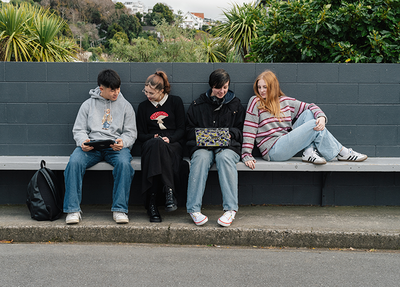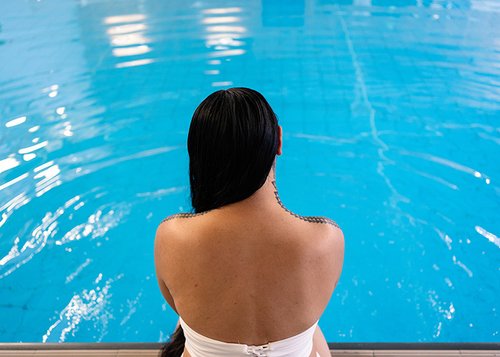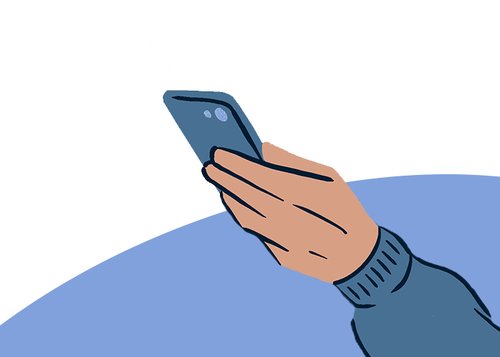Breaking Down Porn
We harvested the top 200 most viewed videos from Pornhub in New Zealand over the past year on a single date for our content analysis, Breaking Down Porn. This page provides a summary of the key findings.
Why did we do a content analysis?
We know young people are using pornography as a way to learn about sex, and that due to the presence of aggression in porn, this is of significant public concern. However, there are no current, systematic analyses in this space. We wanted to understand what New Zealanders are watching in general, and what this might say about the kind of content younger viewers are also accessing.
Why Pornhub?
For the ease of data access, and because it’s one of the biggest and most popular porn sites both internationally and in New Zealand. Recent research suggests Pornhub is the most popular site for accessing porn amongst 16-18 year olds. Preliminary results from our current qualitative research also support this.
The report is about the most popular porn, not all porn
This report gives us an indication of the type of pornography that is popular amongst New Zealand viewers according to Pornhub. It’s not about the content of pornography more generally, nor does it give us information about heavy users or individuals who seek out and view more aggressive or extreme material.
Step Porn is popular in NZ
Genres in porn ‘trend’, and Step Porn is popular in many countries, not just NZ. None of these videos depict real family members. They’re commercial products that use the taboo of sex with (adult) stepsiblings or stepparents as an erotic fantasy. The stories tend to be highly contrived and unrealistic, more often involving sex with ‘stepsisters’, ‘stepbrothers’ or ‘stepmoms’.
Aggression is not a common feature of most popular videos
Mainstream pornography is often considered aggressive, so this was a key area of focus for us. To the surprise of our research team, we found that one in 10 videos contained some overt physically aggressive behaviour.
How did you define aggression?
We coded separately for physical and verbal aggression, analysing for a broad range of behaviours. We took into account the behaviour and attitude of the person showing aggression, and the person subject to aggression. Behaviour was coded as aggressive when hostility or intent to cause pain or discomfort was apparent, or when an act was shown to cause distress or any other harmful impact on the other performer. Where there was any doubt, we coded the behaviour as aggressive.
Viewers prefer consensual behaviour
Results indicate that most New Zealand viewers seem to prefer content that depicts mutually pleasurable sex. This doesn’t mean more extreme content is not available on Pornhub, but it does indicate that this type of content is not the most popular or sought after.
How did you define non-consensual behaviour?
Non-consensual activity was broadly defined and included explicit verbal cues, requests to stop, signs of resistance, attempts to avoid, or evident unhappiness with the situation. We included any signs that sexual contact was not welcome, including situations where someone is initially reluctant but is subsequently ‘convinced’ or changes their mind as a result of pressure from another person. Videos where ‘no’ becomes ‘yes’ were coded for non-consensual behaviour.
What does this mean for young people?
Young people are seeing non-consensual and aggressive behaviour in porn, and this is a problem. This study suggests that they will be more likely to see non-consensual behaviour than overt physical aggression. In our previous research, some young people expressed concerns about how porn can have negative impacts on sexual beliefs, expectations and behaviour.
Porn is not good sex education
This analysis confirms that the content in pornography – even popular or ‘mainstream’ porn – is not a healthy way to introduce young people to sex. Messages around consent are problematic, and crucially, it doesn’t show the open communication and consideration necessary to have mutually enjoyable, safe and consenting sex. Porn is not good sex education.
How this relates to our youth research
These results support the experience and feedback of young people surveyed in our first stage of NZ Youth & Porn research. The findings showed that while young people saw aggressive non-consensual material at some point, they did not see this frequently. This analysis was done to get a picture of what is commonly watched in NZ. If we don’t talk about porn in a way that makes sense to young people who actually have experience of porn, then we’ll be talking past them, not with them.
How can we help young people deal with pornography?
In four key areas: Education, Tools & Information, Regulation & Research. Young people tell us they want more and better information on sex and sexuality. Porn literacy programmes for example, teach young people to critically analyse porn as part of broader education on consent, relationships and sexual violence prevention. Further support and resources for families, health professionals, schools and young people themselves. Young people have also told us they support restrictions that would make it more difficult for children and teens to access online porn. And when it comes to research, having an in-depth understanding of young people’s experiences with porn means we can tailor information that resonates with them.
Further resources
- Read our previous research into how and why young New Zealanders' watch pornography, NZ Youth and Porn.
- Read our press release supporting the release of this content analysis, Breaking Down Porn.
- Read our advice for parents wanting to talk to their children about pornography here.
Subscribe to our news
Stay up to date with news from the Classification Office.


